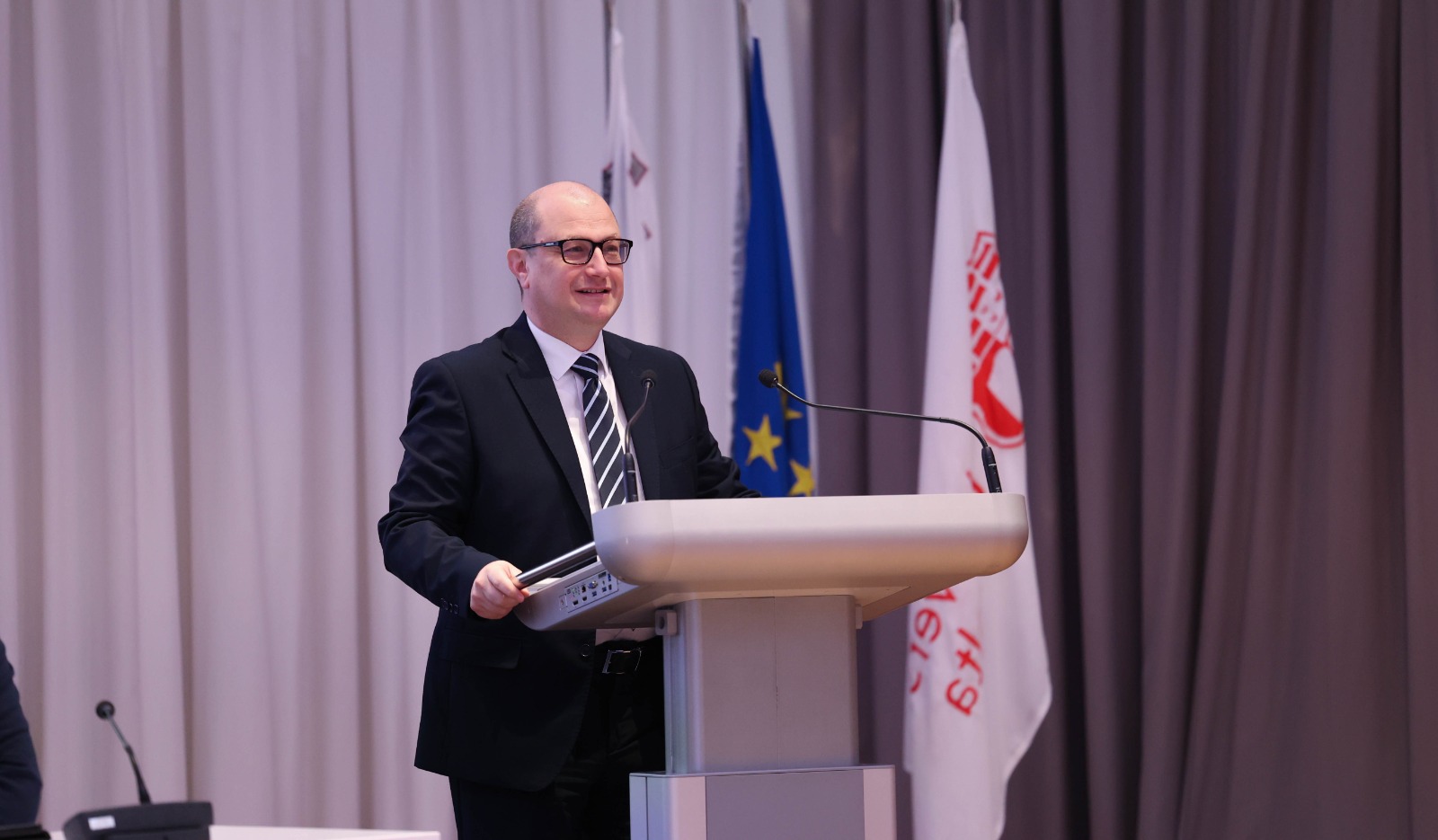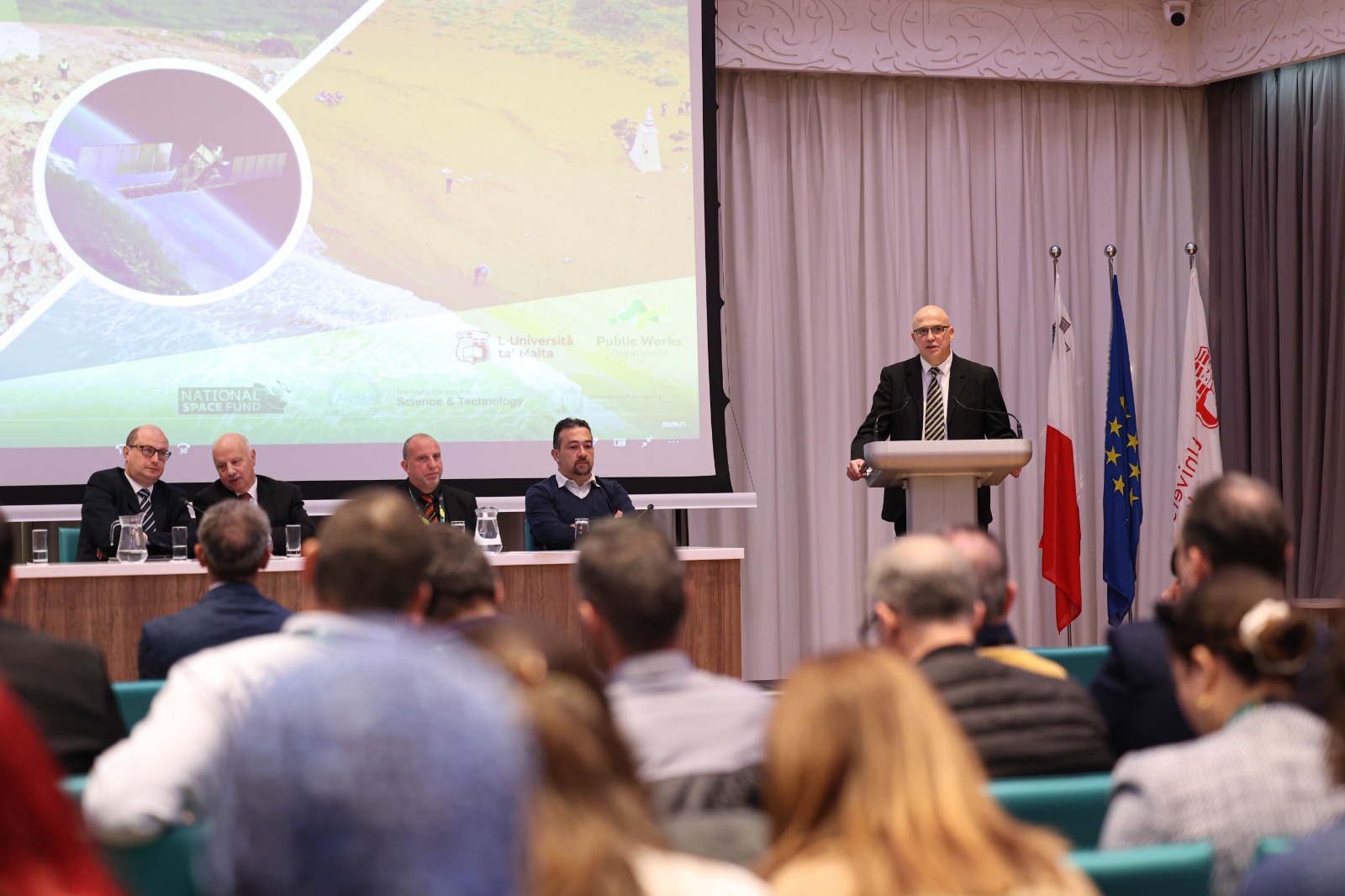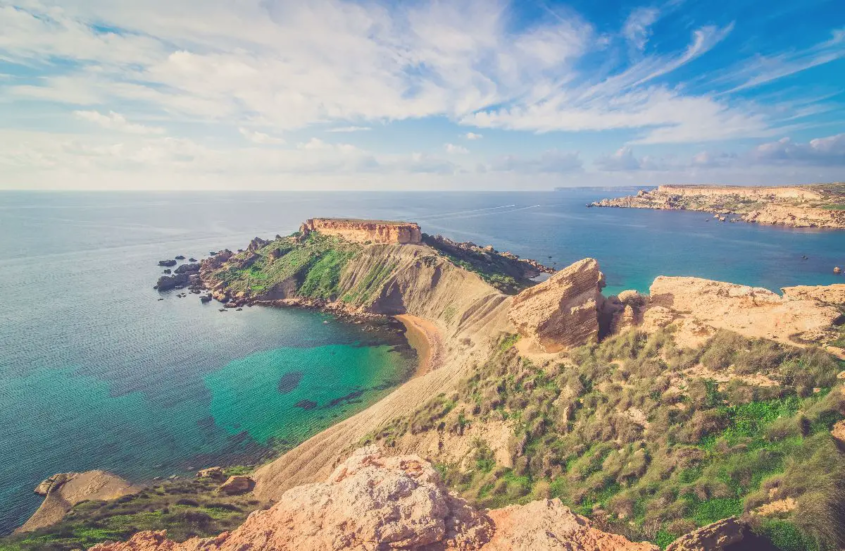We are an island State. Our physical reality means that we are never far away from the coast. For us, coastal areas are key zones, not merely for recreation purposes but also for our economic activity and social life – especially when these intersect with the tourism sector – a pillar of our economy.
We may cherish it, but we did not create our coast. It is the result of ceaseless natural processes, mainly but not exclusively, of erosion. Time has taught us a great deal about such processes, although by nature, they are hardly able to predict. This is truer in the context of Climate Change, as it induces the rise in sea level and increases storm surges. With increasing extremity of such events comes increasing severity of their effects. As elements eat our land’s edges away, the zones which are so central to our economic and social life, become hazardous to public safety with the chances of rock-falling and landslides rising.

The Department of Public Works repeatedly intervened upon such occurrences. However, Helios, the storm which hit our shores this winter reminded us, that such triggering elements are only becoming more frequent and more intense. Helios’ most severe effect was the boulder collapse in Popeye village which could have had more tragic consequences. Five years ago, another storm took away Gozo’s Azure window. Two events that help us understand that there is a three-fold risk: for public safety, for the environment, and for our collective economic and social well-being. It is our responsibility, as the Ministry for Public Works and Planning to mitigate if not annihilate such risks, to the public, and the environment, and we would like to, as much as possible, guarantee the long-term enjoyment of our coastal resources.
A new approach, a break with tradition
Natural and erosion processes may be unpredictable, but we have optimized and refined our ways and our tools to address the area. We have shifted from an ad hoc reactionary approach to risk mitigation to a research-based strategic planning approach of risk assessment. This is in essence what Coastal SAGE (Satellite-Assisted Governance for Erosion) was about – inducing, improving, and refining coastal monitoring and protection. Techniques which help us map high-risk zones and provide the insight to put resources to good effect first to mitigate the risk then to manage them.
In my experience in the public sector, I learned that the best outcomes emerge from collaboration. Here we adopted an inter-disciplinary approach which is yielding results. COASTAL SAGE was indeed one such positive result. The Ministry, teamed with the Geosciences, the Communications and the Computer Engineering Departments at the University of Malta, to initiate the project, as we sought the input of the Malta Council for Science and Technology so that together we drew the project proposal.
The University departments fed the knowledge present locally across different areas, while the MCST enabled us to tap into the wealth of knowledge harboured by the European Space Agency. We also included the Italian National Research Centre to share their knowledge and experiences in the field. Thus SAGE – Satellite Assisted Governance of Erosion – is truly the positive outcome of a fruitful collaboration with a visionary purpose.

This work only initiated the project and we won’t stop here. We want to see to it that there is life after the project. Our vision is to absorb the data, intelligence, and knowledge available, to enable us to develop the tools and techniques to act efficiently and effectively.It was a successful project. We set a few aims including:
- improving the local techniques for coastal monitoring,
- to correlate remote sensing measurements with in-situ and drone observations.
Objectives we achieved. What started as a new initiative, uncharted territory for the Department of Public Works, turned out to be a direction the Department intends to follow for the long run. Such monitoring tool has given the Department the necessary equipment to develop innovative coastal governance methods. I say this specifically for the monitoring of coastal changes, and coastal resources both if they are natural or if they are constructed. Such development, may I emphasize, was long overdue.
We are proud of the results. However, a knowledge gap persists. In addressing such gap and the immediate and long-term concerns, we continue to build bridges with academic and research bodies who gained information about the field over the years. Over and above bridges we are gaining access to funding and investment for such research in this policy area which is only enriching Maltese society. I repeat, we have a responsibility to mitigate the risks for public safety; and the environment; and to ensure that we may all enjoy and benefit from our coastal resources for the long-term.
Coastal monitoring enables us to achieve this also in a context characterized by Climate Change. We are literally leaving no stone unturned. The Department is tapping into all the available data and research opportunities to lead a more proactive response to coastal erosion. SAGE thus, fits right in a wider ecosystem of initiatives taken by the Department of Public Works to address coastal erosion. From the sharing of knowledge and practices in the two Mediterranean Coastal Erosion Conferences, to the Coastal Protection Strategy for the Maltese Islands which is being formulated, we have adopted a clear unequivocal strategic proactive approach to address coastal erosion phenomena. The strategy, fully funded by DG Reform, will shortly identify priorities and solutions to current challenges and to future challenges likely to be triggered by the change in climate.
The Coastal Sage project, whose end we mark today, is therefore a part, albeit an important one, in a wide long-term stratagem in coastal risk management. It might have reached its tail end but it is not the end of the road for this strategy.Indeed we plan to turn the SAGE project into the SAGE programme. We plan to continue to build capacity and further our collaborations, to perpetuate optimized coastal monitoring. We plan to continue to grow in knowledge, increase safety and ensure long-term enjoyment of our coastal resources.


